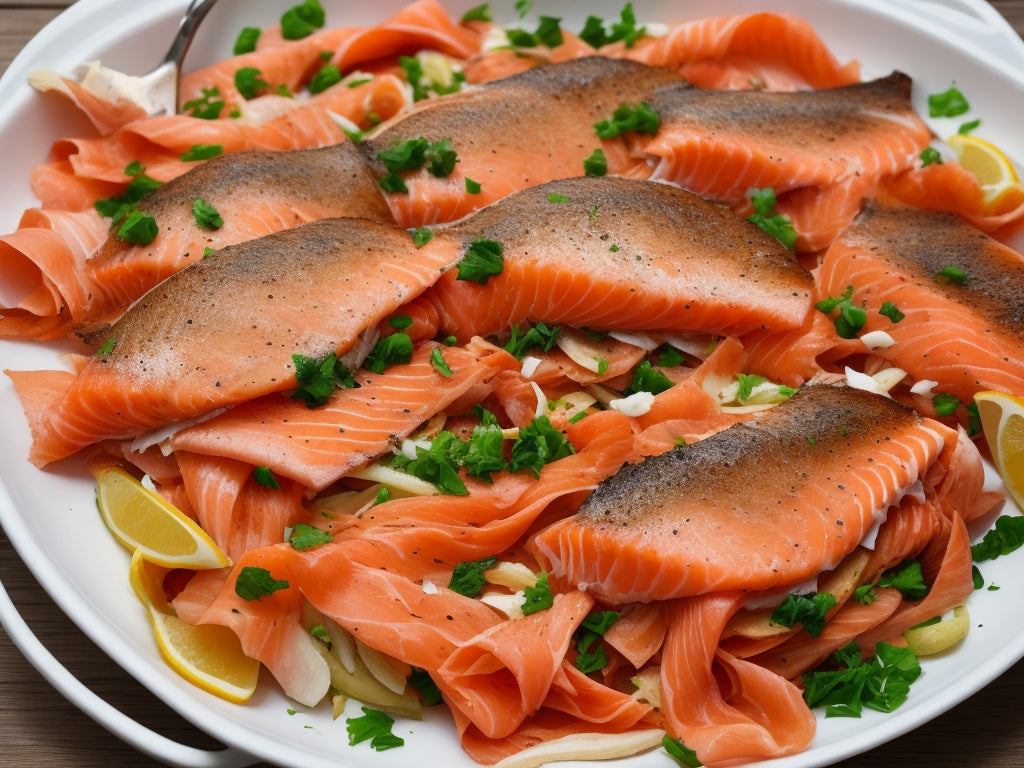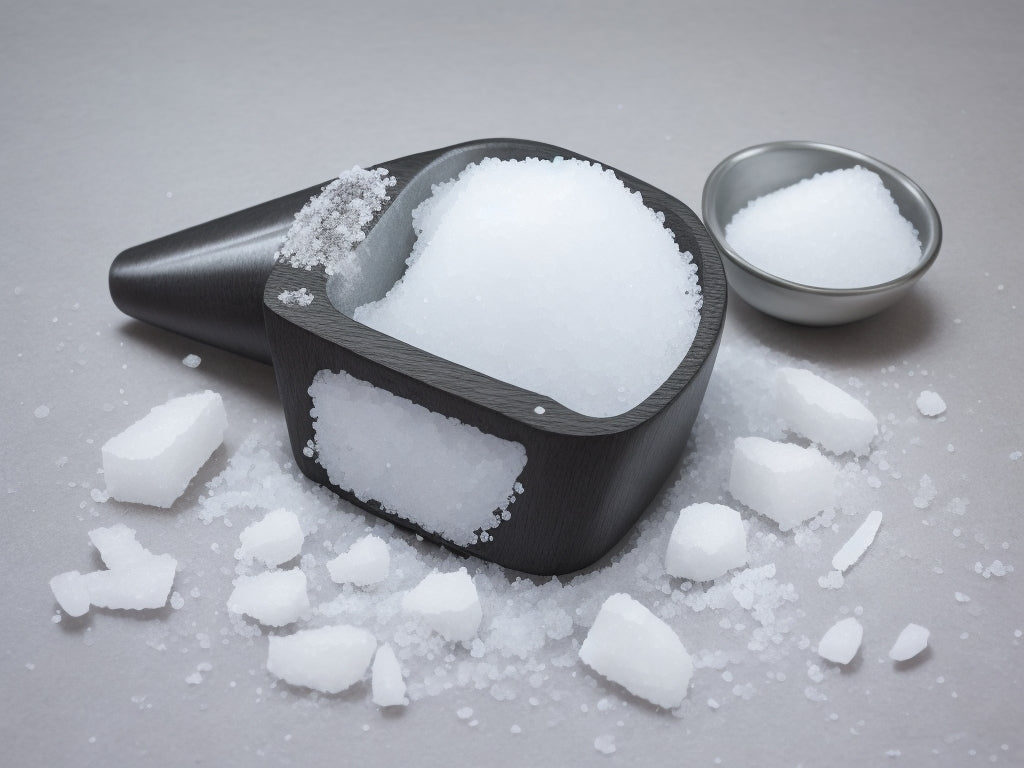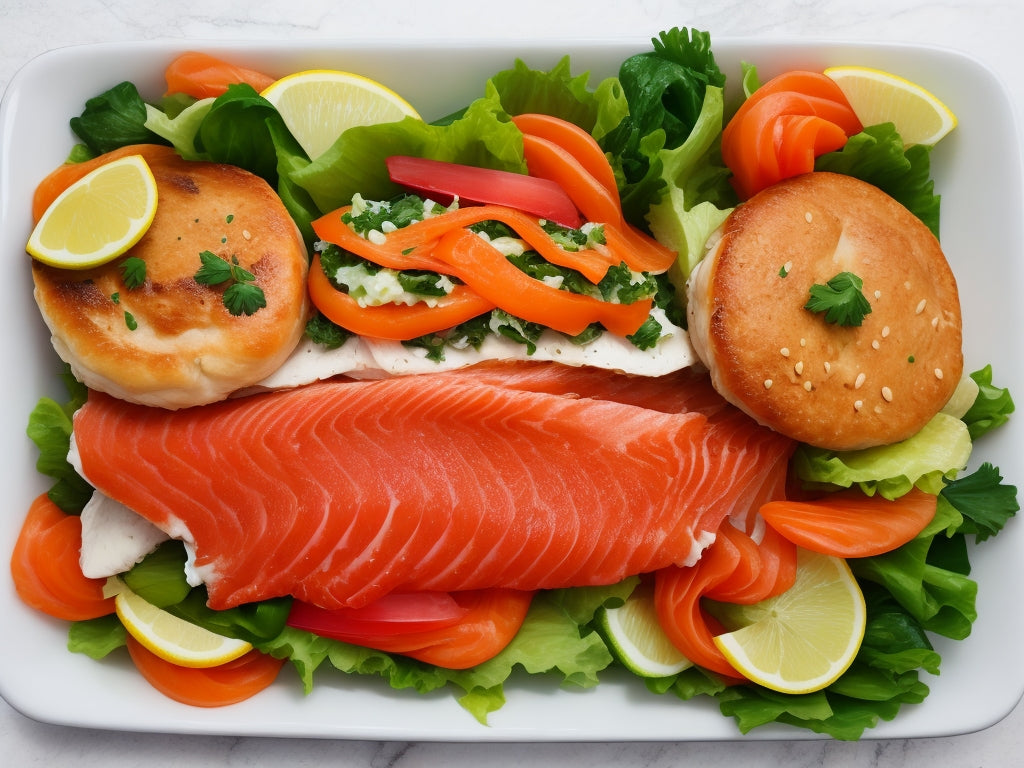Smoked salmon is prized for its salty, fireside-smoked flavor and is often considered a delicacy due to its higher cost. It is often mistaken for marinated salmon, which is salmon marinated in salt water but not smoked. However, like pickled salmon, smoked salmon is usually served on crackers with other toppings such as cream cheese, cucumbers or tomatoes. This article explains everything you need to know about smoked salmon, including its nutritional content, treatments, and health benefits and risks.

Nutritional information
Smoked salmon is relatively low in calories and contains high-quality protein, essential fats, and a variety of vitamins and minerals.
A 3.5-ounce (100-gram) serving of smoked salmon provides approximately:
Calories: 117
Protein: 18 grams
Fat: 4 grams
Sodium: 600–1,200 mg
Phosphorus: 13% of the Daily Value (DV)
Copper: 26% of the DV
Selenium: 59% of the DV
Riboflavin: 9% of the DV
Niacin: 30% of the DV
Vitamin B6: 16% of the DV
Vitamin B12: 136% of the DV
Vitamin E: 9% of the DV
Vitamin D: 86% of the DV
Choline: 16% of the DV
What's more, smoked salmon is a rich source of omega-3 fatty acids, providing 0.5 grams of eicosapentaenoic acid (EPA) and docosahexaenoic acid (DHA) per 3.5 ounces (100 grams). These fats are considered essential because your body cannot make them, so you must get them from your diet. EPA and DHA are important for brain function, heart health, and healthy aging.
Salt content
Due to the way smoked salmon is processed, it has a high sodium content, approximately 600–1,200 mg per 3.5 oz (100 g) serving. By comparison, the same serving of fresh salmon provides 75 milligrams of sodium. The Institute of Medicine (IOM) and the United States Department of Agriculture (USDA) recommend limiting sodium intake to 2,300 mg per day to reduce the risk of heart disease and stroke. The World Health Organization (WHO) and the American Heart Association (AHA) recommend lower thresholds - 2,000 and 1,500 mg per day, respectively. Therefore, you need to monitor your smoked salmon intake, especially if you are salt-sensitive.
Production
In the Atlantic basin, all smoked salmon comes from the Atlantic, with the majority farmed in Norway, Scotland, Ireland and the east coast of Canada (especially the Bay of Fundy). All salmon species in Alaska are wild Pacific species because state law prohibits fish farming. Pacific salmon species include Chinook ("king"), sockeye ("red"), coho ("silver"), chum (keta), and pink ("humpback").
The making process of smoked salmon
Smoking is a processing method of seasoning, cooking, or preserving food by exposing it to smoke. Typically used on meat, poultry and fish.
Smoking process
For smoked salmon, melted boneless fillets are covered in salt, sometimes sugar, and left to sit for 12-24 hours to absorb moisture through a process called curing. The longer the curing process, the more salt the salmon will contain.
By expelling moisture, the salt enhances flavor and acts as a preservative to prevent the growth of harmful bacteria that can cause food poisoning. The fillets are then rinsed with water to remove excess salt before being transferred to a smoker to dry. The drying process helps the fillets form a pellicle, a protein coating that allows smoke to better adhere to the surface of the fish. A smoke device attached to a kiln that burns wood chips or sawdust (usually from oak, maple, or hickory) to produce smoke.

The difference between cold smoked and hot smoked salmon
Salmon can be smoked hot or cold. The main difference is the temperature of the smoker chamber. For cold smoked salmon, the temperature should be 10–32°C (50–90°F) for 20–24 hours. This temperature range is insufficient for cooking salmon, so extra care should be taken during preparation and curing to reduce the risk of foodborne illness. In contrast, for a hot smoker, the chamber must be warm enough to bring its internal temperature to at least 145°F (63°C) for at least 30 minutes to properly cook the salmon. Most smoked salmon on the market is cold smoked. You can tell the difference between hot-smoked varieties because their packaging usually states that they are fully cooked. Cold-smoked salmon tends to be smooth and mild, while hot-smoked salmon is flaky and smokier.
Food scientists generally recommend against using cold smoking methods in the home due to the food safety risks involved. However, with the proper equipment and techniques, smoking can be done safely at home.
Select and save
Some types of smoked salmon require refrigeration, while others do not require refrigeration until the package is opened. Check product labels for storage recommendations. Once opened, smoked salmon can be refrigerated for up to 2 weeks or frozen for up to 3 months (courtesy of the National Center for Home Food Preservation). You should avoid smoked salmon that contains a lot of black spots. These black spots tend to have an unpleasant taste and should be trimmed off - as sometimes manufacturers leave them in to add weight to the packaging.
Health benefits and risks
Smoked salmon can provide many health benefits, but there are some downsides you should keep in mind.
Benefits of smoked salmon
Smoked salmon's oily nature might make you think it's particularly fattening, but the USDA's data are very reassuring on that front. In fact, at 136 calories, a 3-ounce serving of fat-free salmon has a higher caloric value than a 3-ounce serving of smoked salmon (100 calories). According to the American Heart Foundation, salmon is one of the fish species with lower levels of mercury.
The omega-3 fatty acids EPA and DHA provided by fatty fish such as salmon have been linked to a reduced risk of heart disease, certain cancers, and age-related mental decline. These fats work by lowering triglycerides, reducing inflammation, and maintaining brain structure and function.
However, other nutrients in fatty fish may be partially responsible for the benefits, as multiple studies of omega-3 nutritional supplements failed to find the same benefits.
The USDA recommends that adults eat at least 8 ounces (227 grams) of seafood per week to get about 250 mg of EPH and DHA.
Smoked salmon also has many vitamins and minerals that are important for your health. A 3.5-ounce (100-gram) serving contains a whopping 136 percent of the daily vitamin B12 requirement, and 86 percent of the DV for vitamin D.
In addition, the same consumption can meet half of your daily needs for selenium, which acts as an antioxidant and can prevent many diseases.
Risks of smoked salmon
High sodium content
However, one of the big drawbacks of smoked salmon is its high sodium content, 573 milligrams per 3 ounces. A 3.5-ounce (100-gram) serving of smoked salmon is more than half the daily sodium limit set by the USDA. The U.S. Food and Drug Administration says you should only consume 2,300 milligrams of total sodium per day because too much can increase your risk of high blood pressure. Therefore, if you are watching your salt consumption, you may want to moderately reduce your intake of smoked salmon or switch to fresh salmon.

Cancer risk
Additionally, observational studies have shown that smoking and processed meats are associated with an increased risk of certain cancers, particularly colorectal cancer.
Whether smoked salmon carries the same cancer risk as cured red meat has not been addressed much. However, the World Cancer Research Fund includes salted and dried fish, traditionally eaten in East Asia, in its definition of "preserved foods", which have been linked to "possibly strong evidence" of stomach cancer.
A study published in the Journal of Chemistry in October 2018 found that few samples of cold-smoked salmon had detectable levels of potentially carcinogenic polycyclic aromatic hydrocarbons (PAHs). Hot-smoked salmon - where the smoke is smoked at a higher temperature and the fish is baked with a flaky texture - is more likely to contain them, as are smaller smoked fish like smoked herring.
Raw fish and listeria
Smoked salmon may also increase the risk of listeriosis, a foodborne illness caused by the bacterium Listeria monocytogenes. This bacteria is easily destroyed by heat but will grow at temperatures of 34-113°F (1-45°C), which is the temperature range at which cold-smoked salmon is processed.
Listeriosis is more likely to infect older adults, people with weakened immune systems, and pregnant women and their newborns. Therefore, these groups should avoid cold-smoked salmon, although canned and shelf-stable varieties are considered safe.
Listeria can grow at refrigerated temperatures, but it will grow more slowly if you keep your refrigerator at or below 40 degrees Fahrenheit, the FDA says. It's important to adhere to the "use by" date on cold smoked salmon and follow any special usage or storage instructions on the packaging.
How to eat smoked salmon
Here are some ways to enjoy smoked salmon:
- On a cream cheese bagel
- On your favorite salad
- Toast and scrambled eggs
- Baking
- Potato Soup
- Mix in pasta
- Stir the cookies
- On a platter with vegetables
Also, if you have your own smoking equipment, you can make your own hot-smoked salmon at home.
First marinate the fillets in salt for at least 4 hours. Next, pat it dry and place it in the smoker at 225°F (107°C) until its internal temperature reaches 145°F (63°C). You can monitor the temperature with a meat thermometer.

Smoked Salmon2022-2026Market Report
Analysis with global top country data by industry size, market share, future trends, growth factors and key players
Smoked salmon is a product of salmon, usually marinated and hot-smoked or cold-smoked fillets.
The global smoked salmon market was valued at USD 10.07 billion in 2020 and is expected to reach USD 14.3 billion by the end of 2026, growing at a CAGR of 5.1% during 2022-2026.
Smoked SalmonThe main players in the market are:
● Marine Harvest
● Labeyrie
● Norvelita
● Young's Seafood
● Meralliance
● Suempol
● Delpeyrat
● UBAGO MARE,
● TSIALIOS
● Multiexport Foods
● Grieg Seafood
● Acme
● Martiko
● Gottfried Friedrichs
Smoked Salmon Is it still raw?
Smoked salmon is a type of prepared salmon that has been cured with smoke. It's not raw because the hot-smoked salmon is cooked all the way through.
The main differences between smoked salmon and salmon
- Smoked salmon is rich in vitamin D, copper and vitamin B12, while salmon is rich in vitamin B6, vitamin B1, vitamin B3, selenium and phosphorus.
- Salmon contains 28% more of the daily requirement of vitamin B6.
- Smoked salmon has 11 times the sodium of salmon. Smoked salmon contains 672 milligrams of sodium, while salmon contains 61 milligrams.














